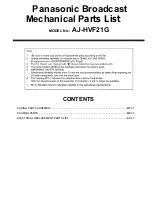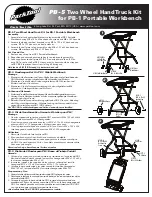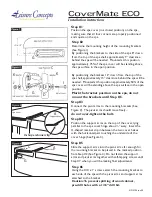
5
6. Installation
Method1. Horizontal Installation
1. Excavate a hole or trench a few centimeters deeper than the depth at which the sensor is to be installed.
2. At the installation depth, shave off some soil from the vertical soil face exposing undisturbed soil.
3. Insert the sensor into the undisturbed soil face until the entire sensor is inserted. The tip of each prong has been sharpened to make it easier to push
the sensor into the soil.
Be careful with the sharp tips!
4. Backfill the trench taking care to pack the soil back to natural bulk density around the sensor body of the soil sensor.
Method2. Vertical Installation
1. Auger a 3-in hole to the depth at which the sensor is to be installed.
2. Insert the sensor into the undisturbed soil at the bottom of the auger hole using a hand or any other implement that will guide the sensor into the
soil at the bottom of the hole. Many people have used a simple piece of PVC pipe with a notch cut in the end for the sensor to sit in, with the
sensor cable routed inside the pipe.
3. After inserting the sensor, remove the installation device and backfill the hole taking care to pack the soil back to natural bulk density while not
damaging the black overmolding of the sensor and the sensor cable in the process.
Cleaning And Maintenance
The EC measurement is very sensitive to the presence of nonconducting contamination on the screws, especially at high EC. The most common source
of contamination is skin oil from handling the screws with bare hands.
Use the following steps to clean the sensor:
1. Clean the screws using a mild detergent such as liquid dish soap and a nonabrasive sponge or cloth.
Note:
Avoid detergents that contain lotions or moisturizers.
2. Rinse the sensor and screws thoroughly with tap or DI water.
Do not touch the screws without gloved hands and never contact the sensors with any source of oil or other nonconducting residue.

























